'Juliet's Tomb'
It’s said this crypt was the setting for the tragic finale of the Shakespeare play.
A red marble sarcophagus lies in a small chamber in what used to be the Franciscan church of San Francesco al Corso (now the “G.B. Cavalcaselle” Museum of Frescoes). It’s claimed that this is the coffin that belonged to Juliet Capulet and that, thus, the crypt was the setting for the tragic finale of Shakespeare’s Romeo and Juliet.
There may be no bodies on display and the evidence attesting to the site’s authenticity may be slim, but that hasn’t prevented the tomb from becoming a pilgrimage site like the nearby Juliet’s Balcony. While its sister site offers tourists an opportunity to celebrate (and relive) the passion of the star-crossed lovers’ courtship, the tomb encourages them to consider the dark flip side.
It’s easy to imagine the events of the play’s climax occurring in the intimate dark crypt. As the tomb evokes visions of the pair’s tragic double suicide, the surrounding area ensures that the complex is steeped in Shakespeare to augment the overall impression. Plaques bearing quotations and artworks inspired by the Bard decorate the complex and increase its appeal to fans of the great English playwright.
Ignoring the fact that the story and its characters are fictional, the monastery of San Francesco al Corso has been identified as Act V’s correct setting on the basis that it was the only Franciscan monastery outside Verona in the 13th century, when the play’s events were meant to have happened.
Changing fortunes and the impact of wars over the centuries saw the convent fall into decline but since 1973, the site has been part of Verona’s Museum of Frescoes. The many beautiful frescoes and sculptures on display make the museum well worth a look-in, even for those who aren’t swept up in—or convinced by—the melodramatic romance of the tomb.
Know Before You Go
The Museum of Frescoes is open every day. See the website for opening times. Entry to the Museum is free for those who've bought a Verona Card. A combined ticket for both the Tomb and Juliet's House (Casa di Giulietta) can be purchased, To get to the museum, follow signs for Tomba di Giulietta. The museum is located in Verona's historical center and is relatively easy to find. Possibly the easiest route to the site is to orientate yourself from Piazza Brà and go past Verona City Hall, following the straight road flanked by the great medieval walls. Carry on down Via Pallone and turn right under the archway on to Via del Pontiere. The tomb is on the left farther on down the street.

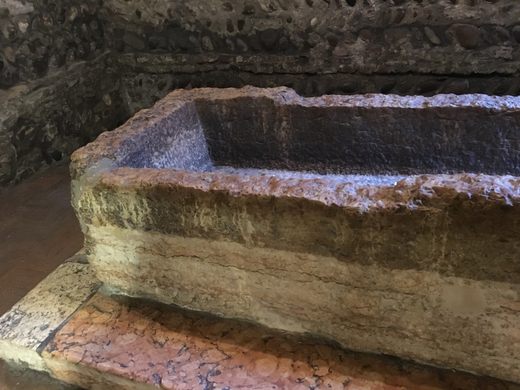

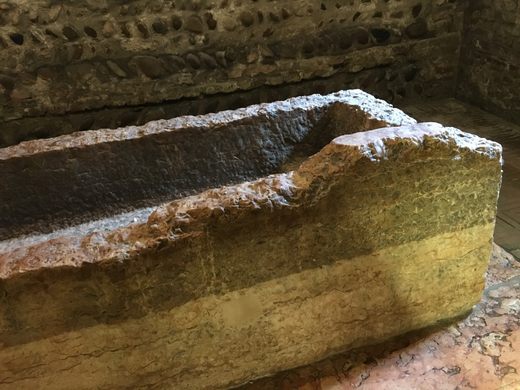
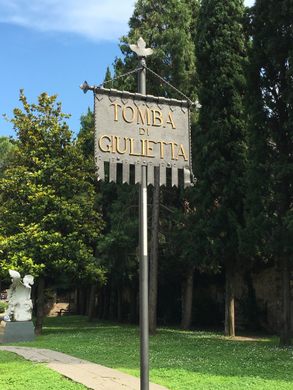

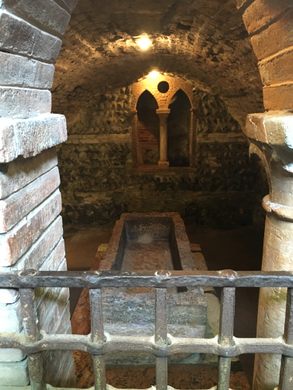

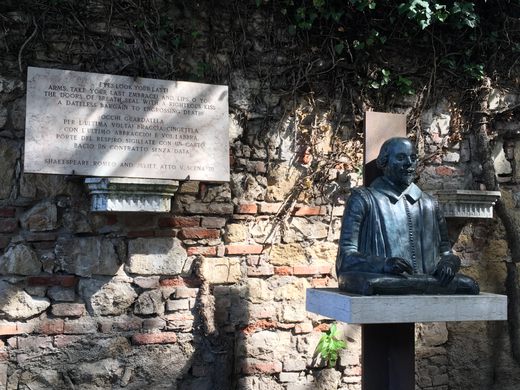




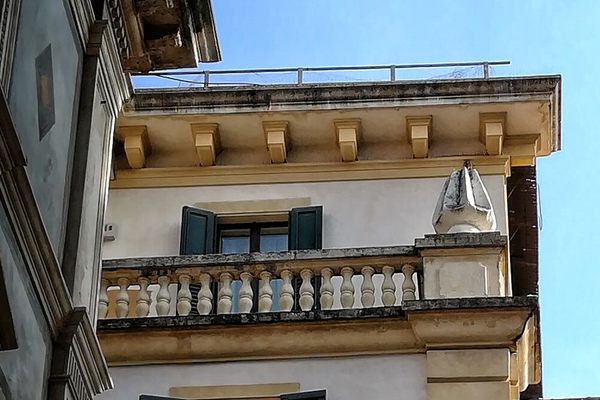
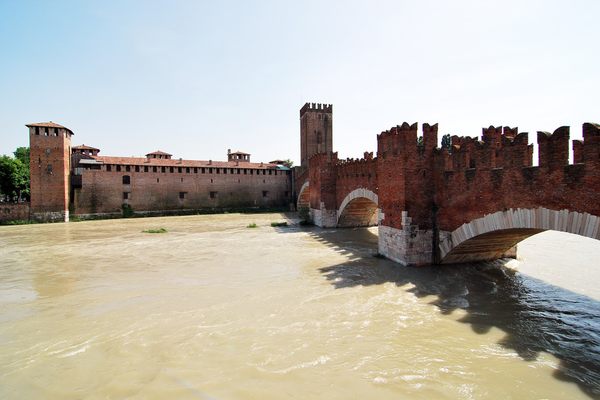

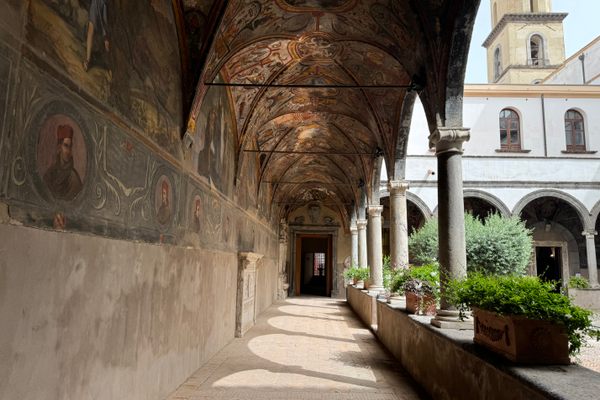
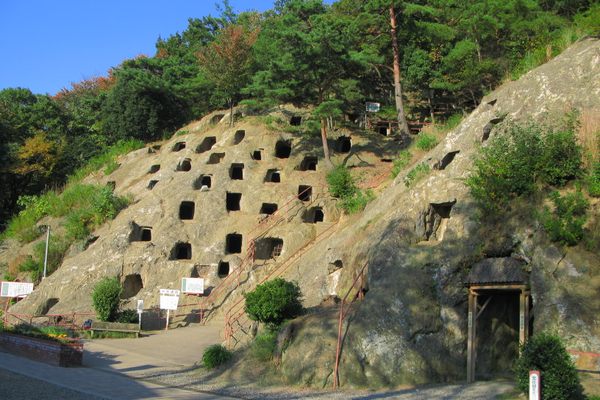
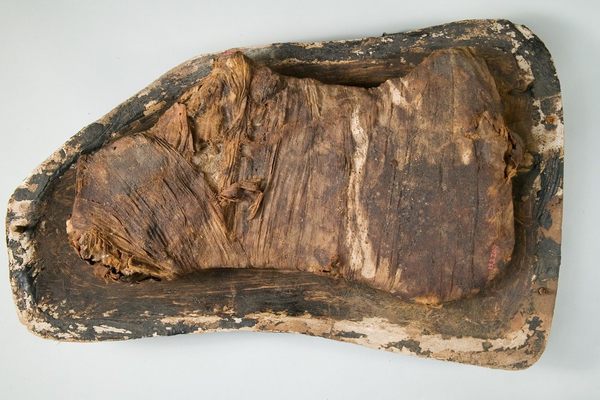
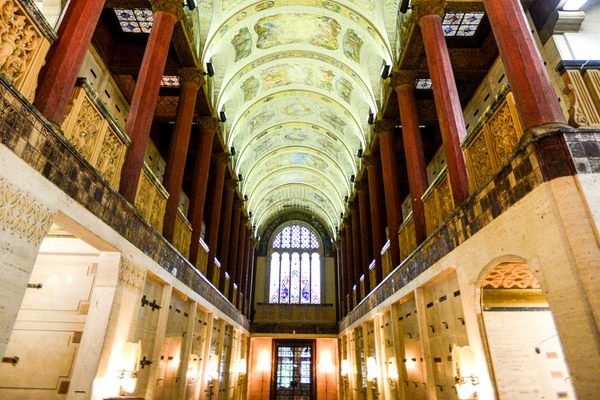


Follow us on Twitter to get the latest on the world's hidden wonders.
Like us on Facebook to get the latest on the world's hidden wonders.
Follow us on Twitter Like us on Facebook